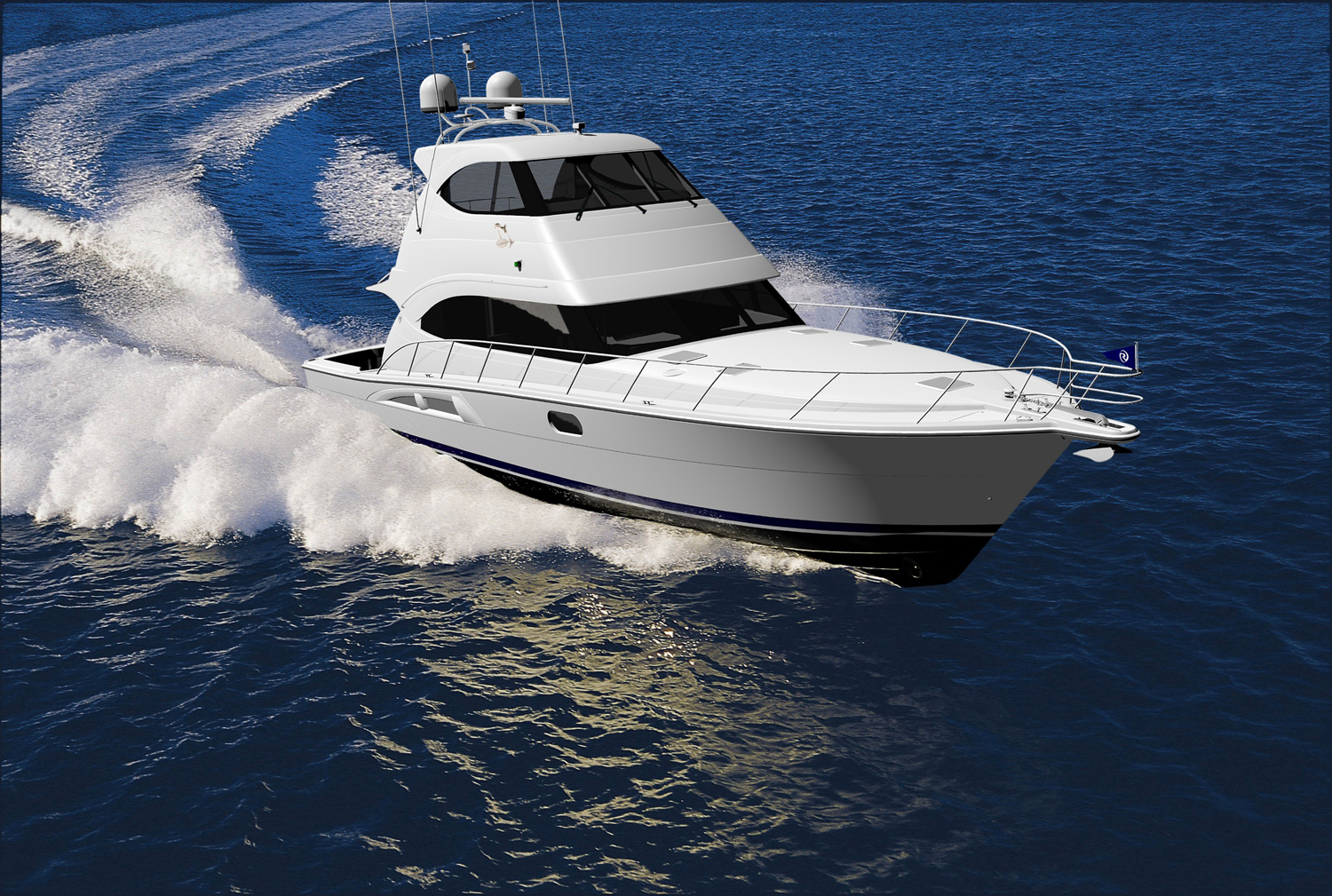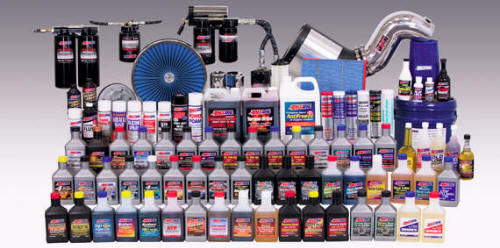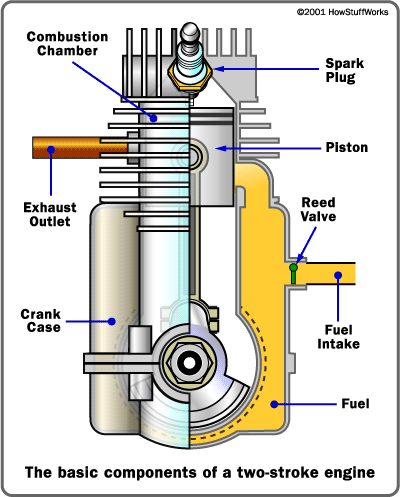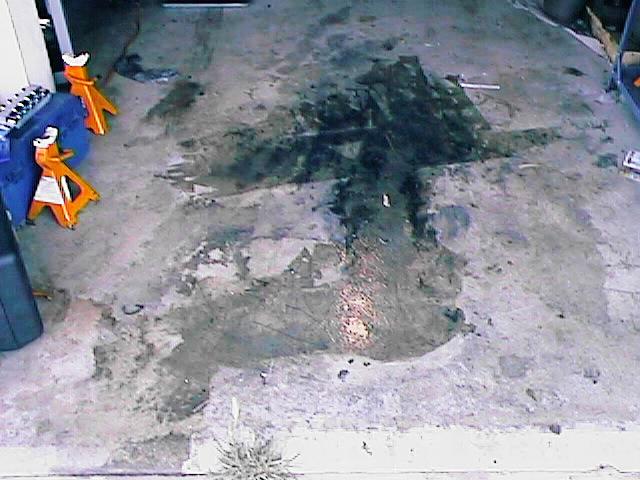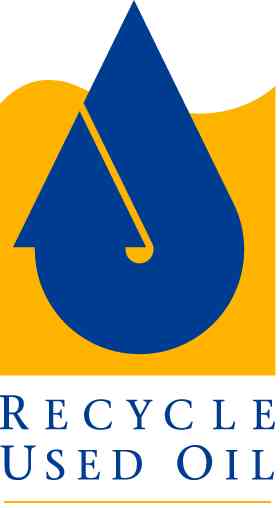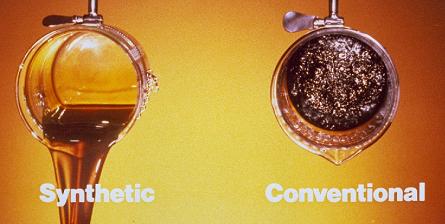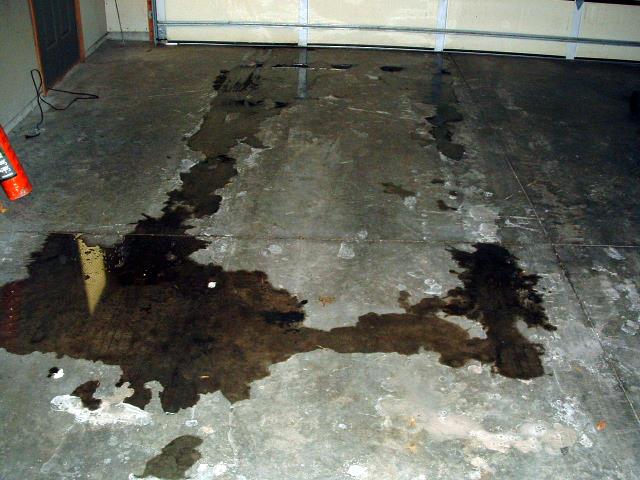Best Oil for Snowmobiles
If you’re lucky enough to own a snowmobile, chances are you’d like to know a little about the ideal oil to maintain performance and reduce emissions. The standard 2 stroke oil used in other engines won’t work as well for a snowmobile. It’s important to use 2 stroke oil that is suited for snowmobiles. For example, Yamalube 2R oil is intended for high performance racing. This oil contains the additives necessary to lubricate the engine under high stress conditions, and in addition, it produces less exhaust making cleaning the exhaust valves a breeze.
There are several different opinions on which oil works best in snowmobiles (like all kinds of engines), and often it’s a good idea to ask around about what different people have found works best. It’s a good idea to ask fellow snowmobilers what to use in your snowmobile as results often depend on the model.


